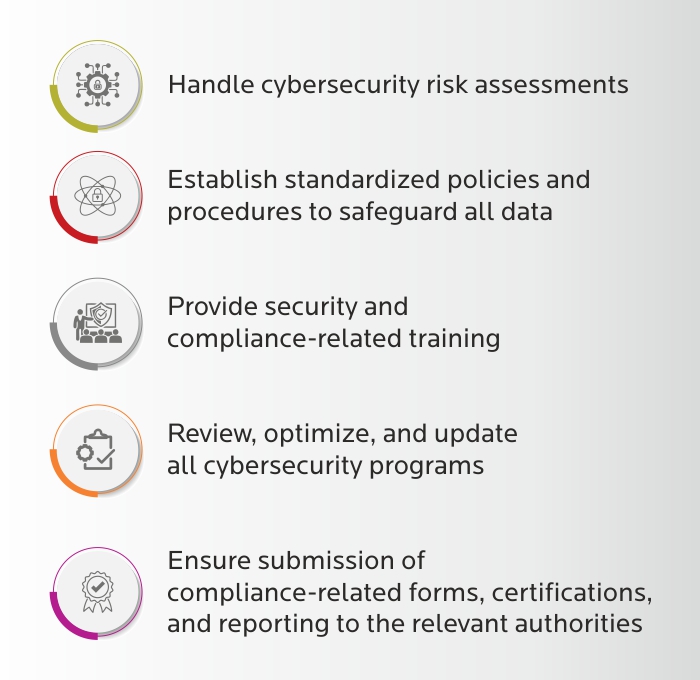Companies have to ensure compliance by adhering to the regulatory standards and establishing standardized cybersecurity policies. A failure to comply can lead to legal and financial ramifications. Before exploring the various cybersecurity regulations, let’s understand why they’re required in the first place.
Why Is It Crucial to Organizations in Today’s World?
As more businesses undergo digital transformation, their data and IT infrastructure become more vulnerable and exposed to cyber threats. Cybercriminals explore weaknesses in software, systems, networks, and even employees - via phishing emails or unstable public/home networks - to access sensitive information that they can hack and sell on the dark web.
In 2017, Equifax, one of the largest credit bureaus in the US, was hacked because of vulnerabilities in one of its applications, exposing the personal information of millions of customers. The incident cost Equifax over USD 4 billion. In 2020, a Twitter breach targeted 130 accounts, including former US presidents and influential tech leaders. The hackers stole USD 121,000 in Bitcoin.
As the world fast-tracked its digital adoption due to a raging pandemic in 2020, the number of weak links in the form of mobile and IoT devices, rose, making companies more prone to cyberattacks. Moreover, over 25% of data breaches take months to get discovered and dealt with, according to the 2020 Data Breach Investigations Report.
The Equifax breach happened sometime between May and July 2017, was detected towards the end of July and made public only in September. Organizations spend months, and sometimes years, to detect a breach and then deal with the aftermath.
That’s why cybersecurity standards must evolve hand-in-hand with advances in technology to ensure data security and to detect and deal with cyber threats swiftly. Several regulatory bodies have implemented numerous regulations for data security and privacy to help companies protect sensitive data and safeguard their customers from cyberattacks.
Such regulations hold companies legally accountable for any security breach and prompt them to establish cybersecurity policies and procedures. For instance, the 23 NYCRR 500, a state regulation in New York, imposes fines of USD 250,000 or 1% of total banking assets for non-compliance.
Let’s look at getting started with cyber regulatory reporting to comply with security-related regulations.




